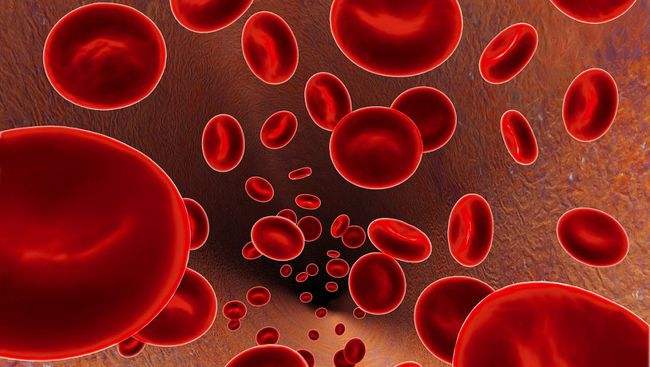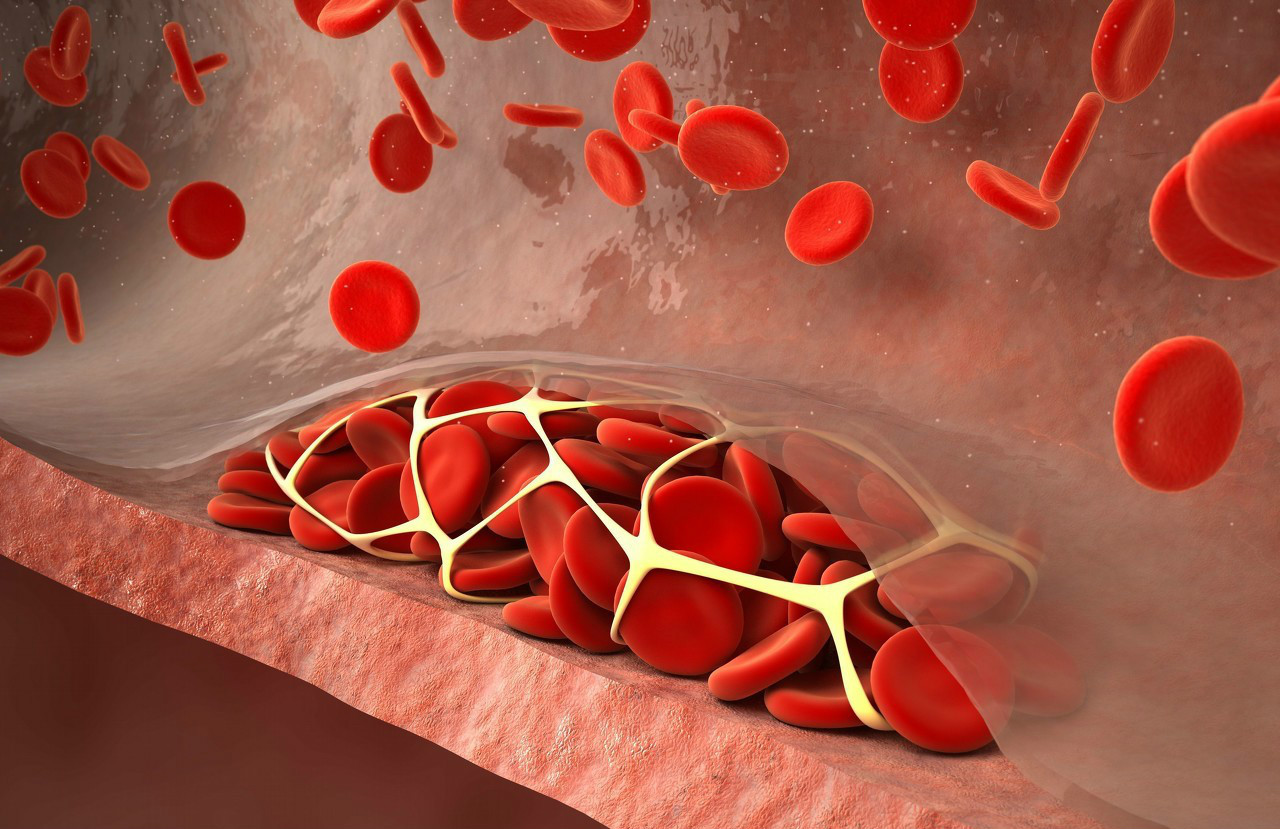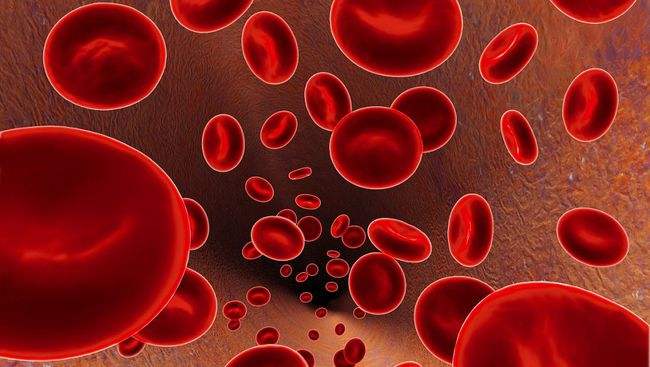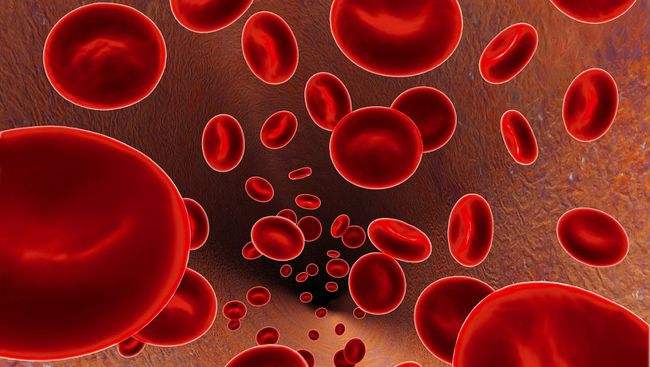-

What kind of anticoagulant and thrombolytic therapy may be performed by pregnant women?
It is mentioned in the management of cesarean section to prevent thrombosis: The prevention of deep venous thrombosis must be paid attention to. The risk of deep venous thrombus formation of maternal dynasties after cesarean section is recommended. Therefore, preventive ...Read more -

Why do pregnant women dynamically monitor D-Dimer?
Maternal mothers are in a high-coordinated state, both before-produced and postpartum. The pregnant woman itself has increased the physiological increase of biological reasoning. The increase in a single increase cannot reflect the risk of thrombosis. Trends to evaluate ...Read more -

Why do pregnant women detect AT?
1.By monitoring the changing trend of AT, its placenta function, fetal growth, and alert to the occurrence of early occurrence of eclamps can be evaluated. 2.Maternal mothers with low molecular heparin or ordinary heparin anticoagulation can be used to evaluate the effic...Read more -

Do pregnant women DIC screening need to be done?
The DIC screening is a preliminary examination of pregnant women's coagulation factors and coagulation function indicators, which allows clinicians to understand the coagulation state of pregnant women in detail. DIC screening is required. Especially for obstetrics, preg...Read more -

Why should pregnant and postpartum women pay attention to coagulation changes? Part Two
1. Disposal blood vessels coagulation (DIC) Women during pregnancy have increased with the increase of pregnancy weeks, especially the coagulation factors II, IV, V, VII, IX, X, etc. in the late pregnancy, and the blood of pregnant women is in a high condensate. It provi...Read more -

Why should pregnant and postpartum women pay attention to coagulation changes? Part One
The cause of the death of a pregnant woman after middle -class hemorrhage, amniotic fluid embolism, pulmonary embolism, thrombosis, thrombocytopenia, puerperidal infection ranked in the top five. The detection of maternal coagulation function can effectively prevent the ...Read more

Download
My Order
 Login/Register
Login/Register
 Login/Register
Login/Register
- English
- French
- German
- Portuguese
- Spanish
- Russian
- Japanese
- Korean
- Arabic
- Irish
- Greek
- Turkish
- Italian
- Danish
- Romanian
- Indonesian
- Czech
- Afrikaans
- Swedish
- Polish
- Basque
- Catalan
- Esperanto
- Hindi
- Lao
- Albanian
- Amharic
- Armenian
- Azerbaijani
- Belarusian
- Bengali
- Bosnian
- Bulgarian
- Cebuano
- Chichewa
- Corsican
- Croatian
- Dutch
- Estonian
- Filipino
- Finnish
- Frisian
- Galician
- Georgian
- Gujarati
- Haitian
- Hausa
- Hawaiian
- Hebrew
- Hmong
- Hungarian
- Icelandic
- Igbo
- Javanese
- Kannada
- Kazakh
- Khmer
- Kurdish
- Kyrgyz
- Latin
- Latvian
- Lithuanian
- Luxembou..
- Macedonian
- Malagasy
- Malay
- Malayalam
- Maltese
- Maori
- Marathi
- Mongolian
- Burmese
- Nepali
- Norwegian
- Pashto
- Persian
- Punjabi
- Serbian
- Sesotho
- Sinhala
- Slovak
- Slovenian
- Somali
- Samoan
- Scots Gaelic
- Shona
- Sindhi
- Sundanese
- Swahili
- Tajik
- Tamil
- Telugu
- Thai
- Ukrainian
- Urdu
- Uzbek
- Vietnamese
- Welsh
- Xhosa
- Yiddish
- Yoruba
- Zulu
More Language






 Business card
Business card Chinese WeChat
Chinese WeChat English WeChat
English WeChat